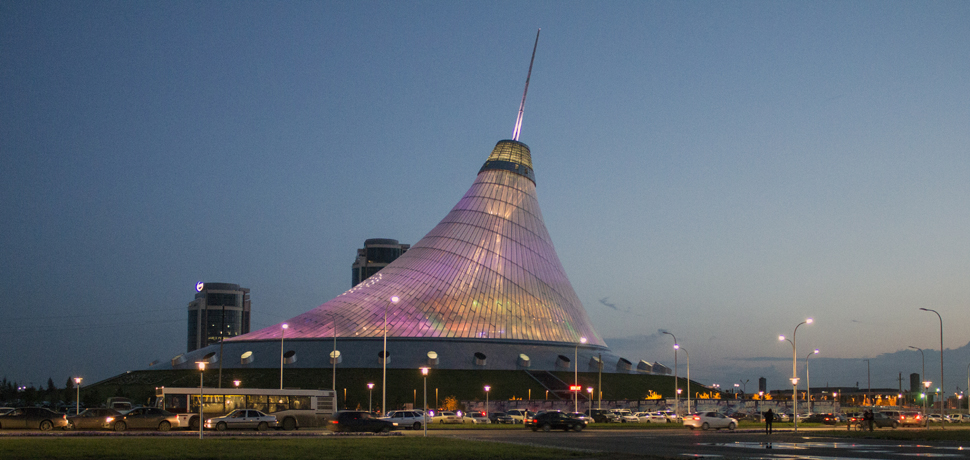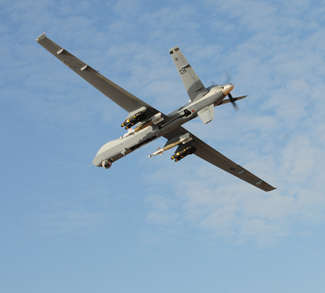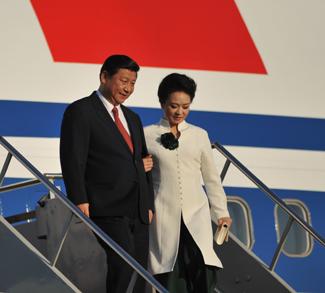Trade between Kazakhstan and India in 2018 reached USD$1.2 billion, according to the Kazakhstani authorities. While this amount is not particularly large when compared to Kazakhstan’s trade with China or Russia, it is nevertheless an important milestone as it demonstrates Astana’s (now known as Nur-Sultan) success when it comes to expanding its pool of trade partners and investors well past its Central Asian neighborhood.
As Kazakhstan aims to become one of the top 30 developed economies by 2050, it is imperative for the nation to continue to appear as an attractive trade partner and a destination for extra-regional investors.
Growth of Extra-Regional Trade
There have been a number of announcements regarding achievements in commerce between Kazakhstan and extra-regional states in recent months. As previously mentioned, Kazakhstani-Indian reached USD$1.2 billion in 2018, which represent a “26.5 percent increase compared to a year earlier, according to The Economic Times. Meanwhile trade between Kazakhstan with Pakistan “in 2017 amounted to US$ 28.42 million, which was 12% more than for the similar period of 2016 (US$ 25.6 million). Trade turnover between the two states “in January-August of 2018 amounted to US$ 21.7 million,” explained the Kazakhstani Ambassador to Pakistan, Barlybay Sadykov.
As for other trade partners, transactions between Kazakhstan and Azerbaijan reached $258 million in 2018. “Exports from Kazakhstan [accounting] for $211.9 million of the bilateral trade, while imports from Azerbaijan made $46.3 million,” according to AzerNews. Similarly, trade between Kazakhstan and Egypt reached $80 million in 2018, which represents an increase of 29 percent when compared to 2017. Meanwhile, Japanese foreign direct investment in Kazakhstan amounted to $357 million in 2017, while Kazakhstani exports to Japan reached $125 million, which a focus on ferroalloy, crude oil and petroleum, radioactive elements, nonferrous metals, according to the Japanese Ministry of Foreign Affairs. As for trade between Kazakhstan and the European Union, a market of 28 nations, the total was $28.6 billion during the period January-September 2018.
Kazakhstan is also negotiating free trade agreements with various extra regional partners under the umbrella of the Eurasian Economic Union (EAEU). For example, Israel is close to signing an FTA with the bloc, according to The Times of Israel. Astana is also negotiating free trade agreements with Egypt, India, Serbia, and Singapore.
Kazakhstan maintains a strong pro-free trade attitude, as senior officials repeatedly compliment these agreements. “In 2015, we signed a free trade agreement with Vietnam and in 2018 – with Iran, which enables us to export our goods to the markets with a population of more than 180 million people,” said former Minister of National Economy Timur Suleimenov.
Bringing in Trade and Investment
Kazakhstan’s neighbors have limited trading potential, particularly Kyrgyzstan and Tajikistan, given their small populations (six and nine million, respectively), limited development, and small markets. Meanwhile Turkmenistan continues its isolationist policies, while trade with Afghanistan is complicated due to the well-known security situation there. Positive relations between Astana and Tashkent mean that trade between the two is improving ($2 billion in 2017, according to reports); however, this is not enough to help Kazakhstan become a global economy. The lack of limited intra-regional trade in Central Asia has been widely discussed, most recently at the February 27 forum “Intra-Regional Trade and Cooperation in Central Asia,” organized by the Central Asia-Caucasus Institute in Washington DC.
As for trade with Kazakhstan’s two largest neighbors, China and Russia, they have been similarly well analyzed hence we will just provide a quick overview. Kazakhstan is the “buckle” in China’s Belt and Road Initiative, and Beijing has invested heavily in improving its transportation system in order to ferry Chinese goods across Central Asia – the crown jewel of this strategy is the Khorgos Gateway dry port. Meanwhile, bilateral commerce with Russia was estimated at around $19 billion in 2018 – unsurprisingly, Moscow remains Astana’s main trading partner.
The issue here is not whether Kazakhstan is attempting to replace trade ties with Beijing or Moscow with other partners but rather how, given the limited opportunities to develop stronger trade with, and attract investment from, its Central Asian neighbors, Astana is eagerly looking past its neighborhood. The milestone in trade ties with India is an example of this policy.
Finally, in order to attract extra-regional interest, Astana continues to promote its products, which include reserves of oil, natural gas, uranium, a plethora of minerals, rich deposits of ores of various metals, rare earth elements and combustible and non-metallic minerals. The Central Asian nation is already well known as a global producer of uranium and zinc, and now the government is pushing for diversification, with a focus on its agro-industrial complex.
Moreover, Kazakhstan has two entities whose objectives are to attract foreign investors. One of them is the Astana International Financial Centre (AIFC), a conglomerate of different financial entities, which include the International Arbitration Centre; the Astana International Exchange; the AIFC Court, which “provides a common law court system for the first time in Eurasia;” and other administrative bodies. The goal of the AIFC is to attract new investors and commercial partners to Kazakhstan, as well making the country a regional investment and arbitration hub.
The other entity to keep in mind is Kazakh Invest, which acts as a single coordination centre for special economic zones (Kazakhstan reportedly has 11), as well as being the primary negotiator that represents Astana’s interests to foreign trade partners. The goal is to streamline investment initiatives and avoid unwanted bureaucratic delays.
According to by Kazakh Invest, as of January 2019, the company’s monitoring system included 157 projects, with a combined worth of USD$39.6 billion. Kazakh Invest has also participated in business forums in with representatives from Egypt and Poland in the first months of 2019. Companies from these nations may be convinced to invest in Kazakhstan in the near future, due to the country’s resources and industries, and also its trade-friendly laws. For example, when goods are sold in one of the country’s special economic zones, they are exempt from customs duties and VAT on imports and also exempt from import customs duties.
Final Thoughts
As a landlocked state with ambitious goals, Kazakhstan is in a complicated geographical location. The country trades heavily with China and Russia, but its fellow Central Asian nations, with the exception of Uzbekistan, have small markets that will not help the Kazakhstan become one of the 30 most developed nations by 2050.
Hence, Astana is supporting the development of its agro-industrial sector so it decreases its reliance on its, still profitable, mining industry. Moreover, trade relations with extra-regional partners are increasing, as trade with India has surpassed one billion dollars, while agencies like the AIFC and Kazakh Invest have been established to make the Central Asian nation as both a target for investments as well as a potential regional hub for arbitration and stock trading.
Kazakhstan maintained pro-free trade and pro-investment attitude during the Nazarbayev era, and it will be important to monitor what will be the trade policies of interim-President Kassym-Jomart Tokayev in the coming months. In order for Kazakhstan to join the exclusive club of the most developed global economies, investment and trade with partners (geographically) close and distant, is critical.
Wilder Alejandro Sanchez is an analyst who focuses on geopolitical, military, and cybersecurity issues. The views expressed in this article are those of the author alone and do not necessarily reflect those of any institutions with which the author is associated.




